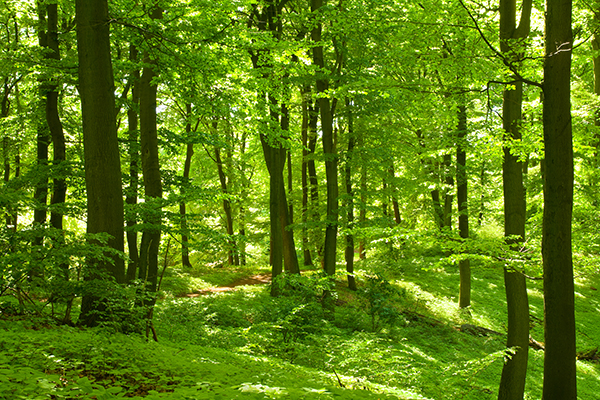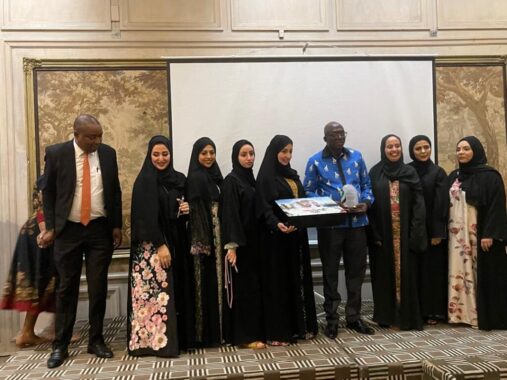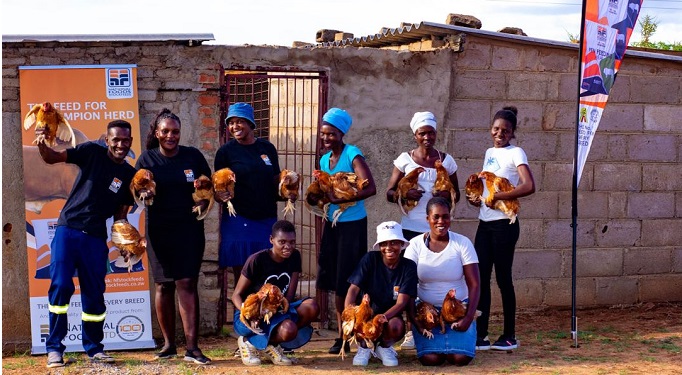Let us plant trees this season

THE tree planting season is upon us. Most parts of the country have received their first rains and that signals the beginning of the tree planting season as well. With the tree planting season comes the important day on Zimbabwe’s environmental calendar that is the National Tree Planting Day, which is commemorated every first Saturday of December. This year, the day falls on 2 December.
The day is set aside to; motivate the nation to plant and conserve trees; enlighten the nation on the importance of forest and woodland resources; enhance biodiversity and household food security. The most important thing to note about the day is that it is the launch of the tree planting season and not the only day in the year set aside for tree planting.
The Government has embarked on an ambitious programme to plant and protect 15 million trees every year during the five years spanning 2015-2020.
This programme aims to boost the country’s forest cover to reduce deforestation by 50 percent of current levels by 2020 in line with the New York Declaration on Forests (2014).
The theme for this year’s tree planting campaign is, “FRUIT TREES FOR FOOD SECURITY AND NUTRITION.” This theme was coined to support the five year massive fruit tree growing (agroforestry promoting the fruit tree and crop intercropping model) programme.
The programme intends to; encourage the general public to grow fruit trees in order to boost availability of fresh fruit on the local market and to the local fruit canning industry; assist communities build resilience and their capacity to mitigate drought induced effects on their livelihoods and contribute to food security for the nation.
The programme also encourages maximum utilisation of the land resource through intercropping under the “trees on farms” model and it is hoped that once it starts, it will create employment opportunities in the fruit tree production, growing and in the downstream fruit processing value chain.
As is the norm, every year, the country also recognises the “tree of the year” which is chosen to remind the nation to plant and protect our indigenous trees.
Every year, one tree species is selected and promoted to be planted at every tree planting event during the season. This is in order to provide information on the importance of our indigenous tree species thereby promoting their widespread propagation. In this regard, the tree of the year for 2017 is;
Botanical name: Mimusops zeyheri
English name: Red Milkwood
Shona name: Muchechete (alternative names — muchirinje/mukaraura/mutunzi/Svanzwa).
Ndebele name: Umbumbulu.
Tree planting is everyone’s responsibility. Therefore, schools, community groups and individuals are encouraged to organise tree planting events and involve other members of the community. Communities can establish nurseries and raise seedlings for their own needs.
Learn how to grow your own trees from seed. Communities should set aside pieces of land and create woodlots. This is especially important now with the energy challenges facing the country where firewood has become the cheapest alternative to electricity. We need to have our own woodlots to harvest from and not resort to indigenous forests.
Individuals can plant trees wherever they are during the season because every tree counts. Replace all trees that you cut down. There are instances when it’s necessary to cut down a tree especially when the tree poses a danger to human life or infrastructure.
For more information on any issue related to forests and their produce, contact the Forestry Commission on 04-498436-9. www.forestry.co.zw










Comments